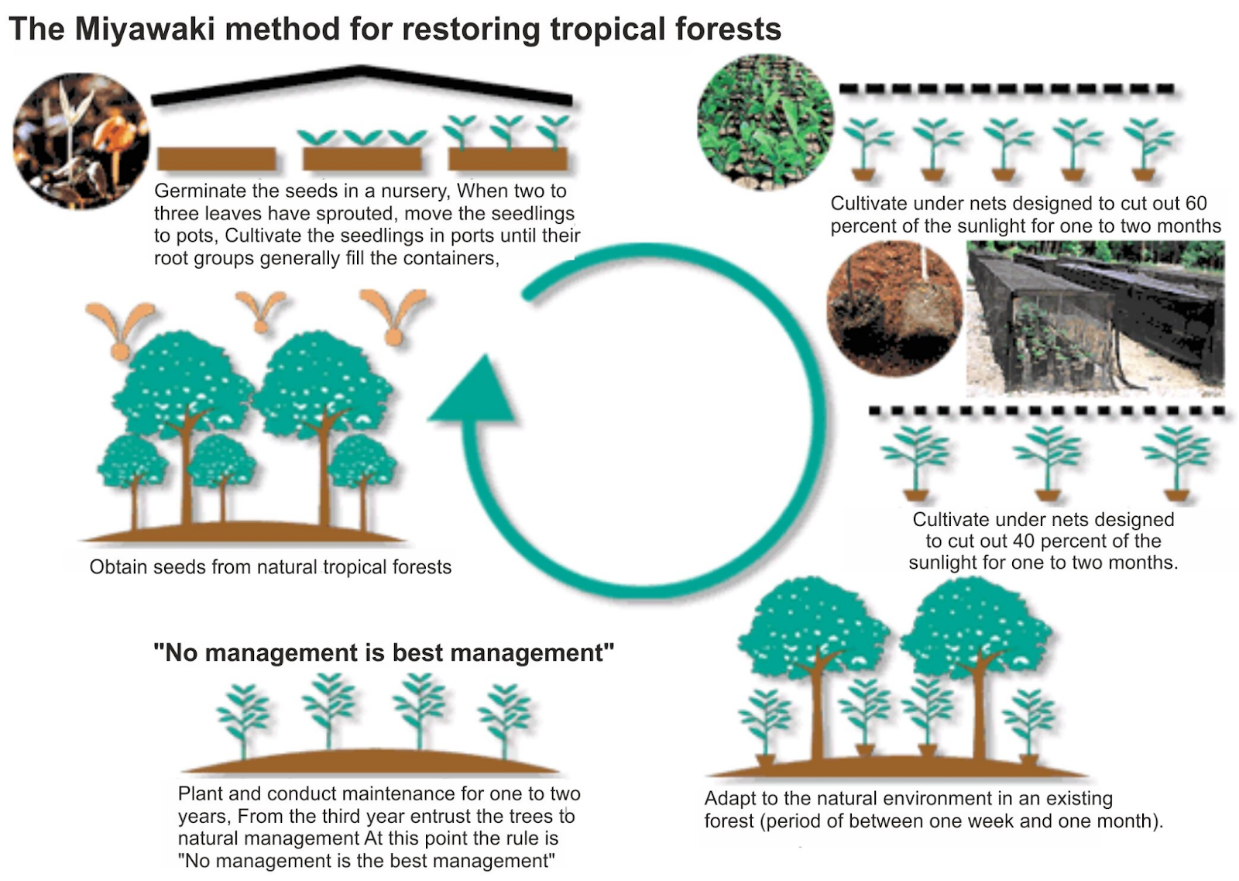|
PM Kisan Samman Nidhi
- Launched – On 24th February 2019.
- PM-KISAN is a central sector scheme to supplement the financial needs of land-holding farmers.
- Financial benefit – Of Rs. 6,000/- per year in 3 equal instalments every 4 months is transferred into the bank accounts of farmers' families.
- Direct Benefit Transfer (DBT) mode – PM-KISAN is one of the largest DBT schemes in the World.
Agriculture Infrastructure Fund (AIF)
- Launched – In 2020 with an allocation of Rs 1 lakh crore.
- It is a Central Sector Scheme.
- Aim – To provide medium to long-term debt financing for post-harvest management and community farming infrastructure projects.
- Interest subvention – Of 3% per annum on loans up to Rs 2 crore for up to 7 years.
- Credit guarantee coverage – For loans up to Rs 2 crore through the CGTMSE scheme.
Farmer Producer Organization Scheme
- Launched – On 29th February 2020.
- A Central Sector Scheme for Formation & Promotion of 10,000 FPOs.
- The Ministry of Agriculture & Farmers Welfare oversees its implementation through 14 agencies, including NABARD, SFAC, NAFED and others.
Namo Drone Didi Scheme
- Launched – On 30 November 2023.
- Namo Drone Didi is a central sector scheme aiming to empower women-led Self-Help Groups (SHGs) by equipping them with drone technology to provide agricultural services.
- It provides for providing rental services to farmers for agriculture purpose (application of liquid fertilizers and pesticides for the present).
- In 2023-24, 500 drones were procured (from own resources) and distributed by Lead Fertilizer Companies (LFCs).
- The scheme also offer sustainable business opportunities, with SHGs earning at least Rs 1 lakh annually.
Per Drop More Crop (PDMC)
- Launched – In 2015-16.
- PDMC scheme aims to enhance water use efficiency at the farm level through micro-irrigation technologies like Drip and Sprinkler systems.
- Initially implemented under Pradhan Mantri Krishi Sinchayee Yojana (PMKSY), it is now part of Rashtriya Krishi Vikas Yojana (RKVY) from 2022-23.
- Financial assistance – Of 55% to small and marginal farmers, and 45% to others, for micro-irrigation installation.
- From 2015-16 to 2024-25 (December 2024), approximately 95 lakh hectares have been covered.
Pradhan Mantri Fasal Bima Yojana (PMFBY)
- Launched – In 2016.
- PMFBY provides comprehensive coverage against crop losses due to natural calamities and unforeseen weather events.
- Over Rs 1.70 lakh crore in claims have been paid under the scheme.
- DigiClaim – Introduced in Kharif 2023, ensures transparency in claims by directly transferring payments to farmers via the National Crop Insurance Portal using the PFMS platform.
- The Krishi Rakshak Portal (KRPH) and a dedicated toll-free helpline (14447) have been set up for efficient grievance redressal, allowing farmers to track complaints and ensuring resolution within a specified timeframe.
e-NAM Platform
- eNAM is a pan-India electronic trading portal which networks the existing APMC mandis to create a unified national market for agricultural commodities.
- Small Farmers Agribusiness Consortium (SFAC) – Is the lead agency for implementing eNAM under the aegis of Ministry of Agriculture and Farmers’ Welfare, Government of India.
Digital Agriculture Mission
- Announced – In the Union Budget 2023-24, the government announced the development of Digital Public Infrastructure (DPI) for agriculture, further augmented in the 2024-25 Budget.
- Comprehensive data on farmers – Including demographic details, land holdings and crops sown, integrating state and central government data for innovative, farmer-centric services.
- 3 key Digital Public Infrastructure (DPI) – AgriStack, Krishi Decision Support System (DSS) and Soil Profile Mapping.
- AgriStack – Will create digital IDs for 11 crore farmers and launch a nationwide Digital Crop Survey.
- DSS – Will integrate geospatial data on crops, soil, weather, and water, while soil profile maps will cover 142 million hectares.
Soil Health & Fertility Scheme of Rashtriya Krishi VikasYojana (RKVY)
- Launched – On 19th February 2015.
- The Soil Health Card (SHC) and Soil Health Management (SHM) programs assist state governments in issuing SHCs to farmers.
National Mission on Natural Farming (NMNF)
- Launched – On November 25, 2024.
- Promote natural farming in mission mode across the country as a standalone Centrally Sponsored Scheme.
|
